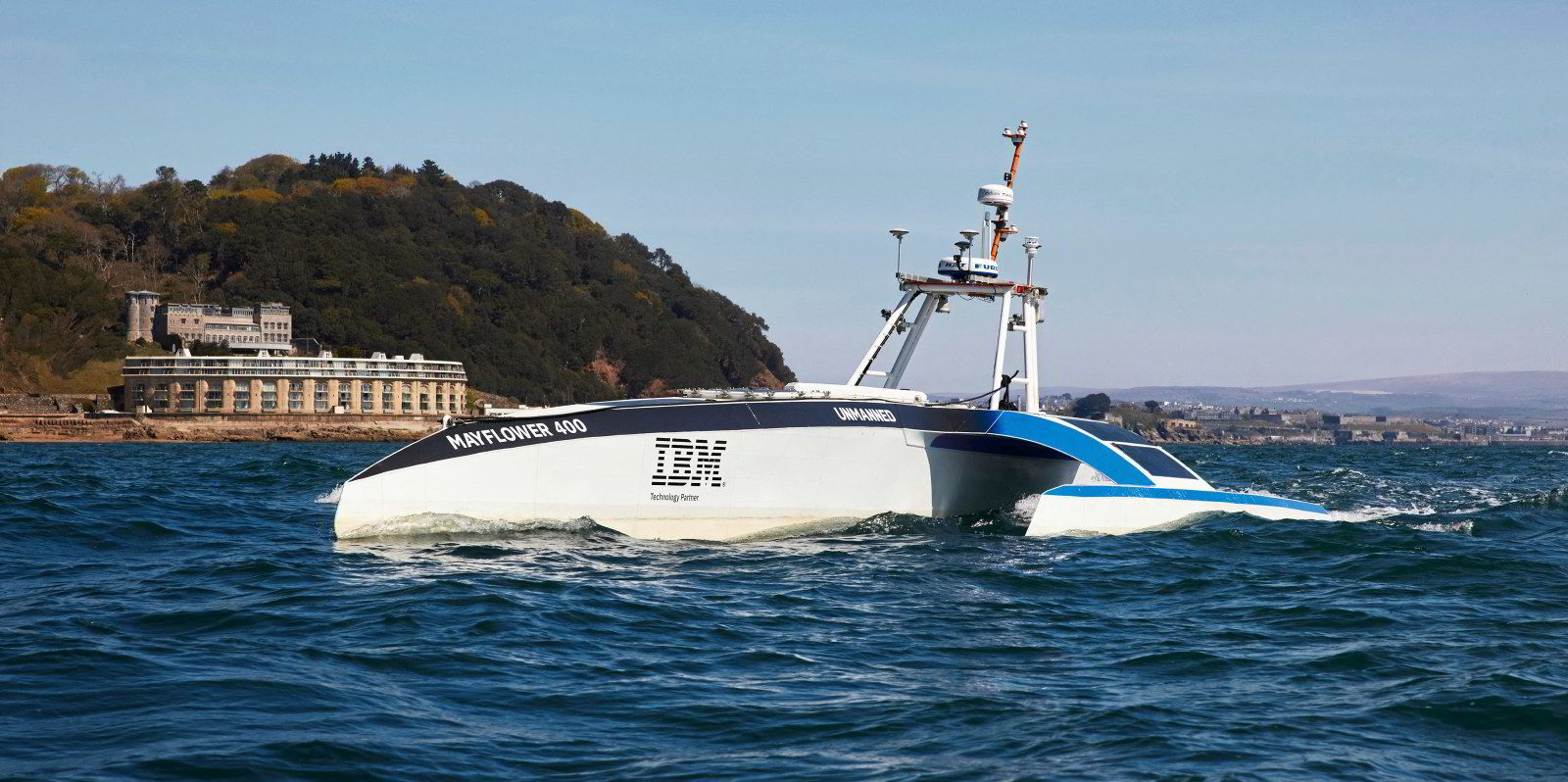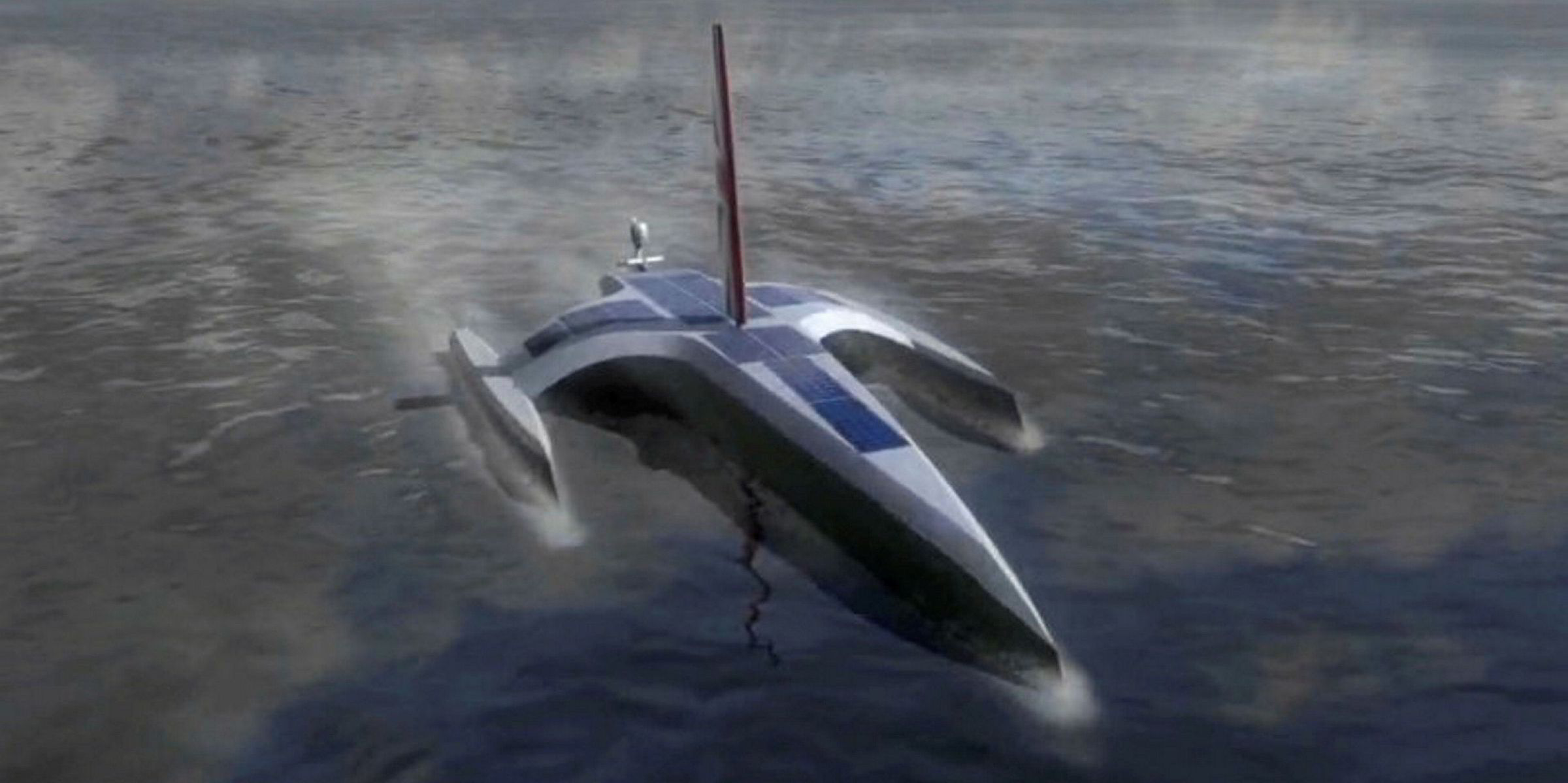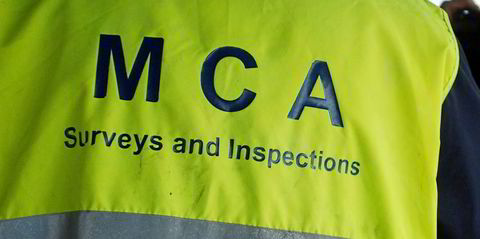It is nearly one year late due mainly to the Covid-19 pandemic, so the autonomous research vessel has missed a planned 400-year anniversary of the original Mayflower crossing of the Atlantic.
But the new Mayflower Autonomous Ship (MAS) is about to set sail.
The artificial intelligence-controlled vessel is in final testing and outfitting of scientific research equipment in Plymouth before heading out to sea with IBM business unit The Weather Co advising that a departure window is opening in early June.
The original Mayflower took more than two months in 1620 to sail from the UK to Cape Cod, Massachusetts, with a crew of 30 and 102 Pilgrim passengers.
With a top speed of 10 knots, the new version could arrive at its destination within three weeks but whether it does will be down to the conditions and decisions made by its IBM-designed AI Captain.
The 15-metre long aluminium trimarine, built by non-profit marine research organisation Promare, has a Fischer Panda hybrid-electric propulsion system fuelled by solar-powered batteries. The diesel generator is mainly for backup.
Over the past two years, the MAS team has trained the AI systems using over a million nautical images, so the vessel can hopefully detect other ships or hazards at sea and can constantly update its route via the data it gathers.
Radar will detect hazards up to 2.5 nautical miles (4.6 km) ahead, on-board cameras will give a close up view of nearby vessels or debris, and GPS and AIS systems will provide information related to speed and position. The vessel also has altitude sensors to assess local sea state and a Fathometer for depths.

But the greatest fears of the developers are that the vessel will suffer major problems mid-Atlantic.
“My biggest fear about MAS. Gotta be lost at sea! Although I’d rather she was lost complexly than it just drifts aimlessly due to some silly error in the systems that we overlooked,” said Brett Phaneuf, founder of Promare and director of the MAS project.
Instead of people, up to 700 kg of research equipment will be carried that needs to be able to operate autonomously as well, unable to connect to systems on land while in the middle of the ocean.





